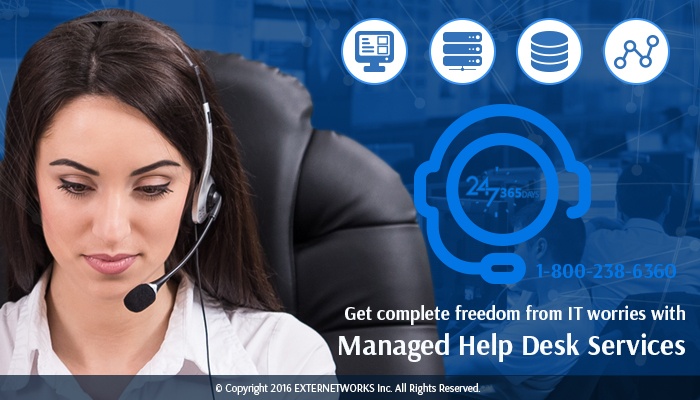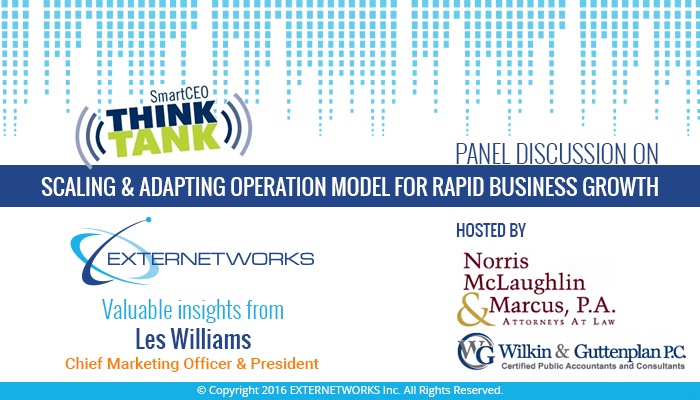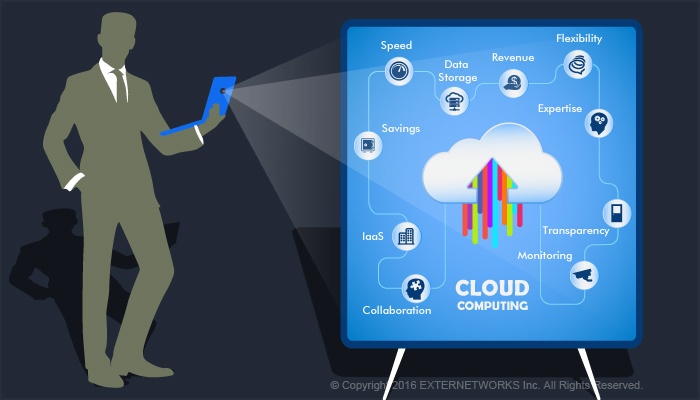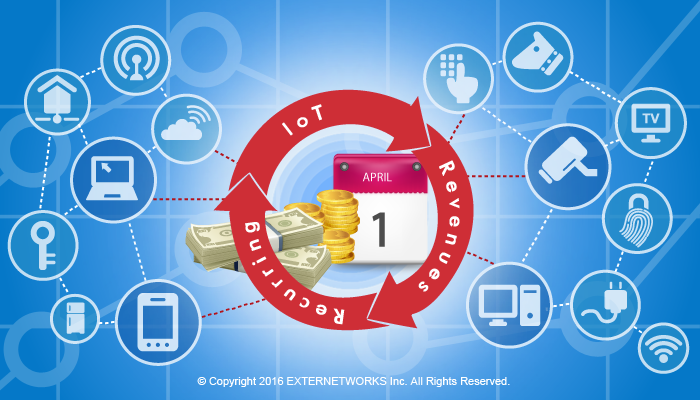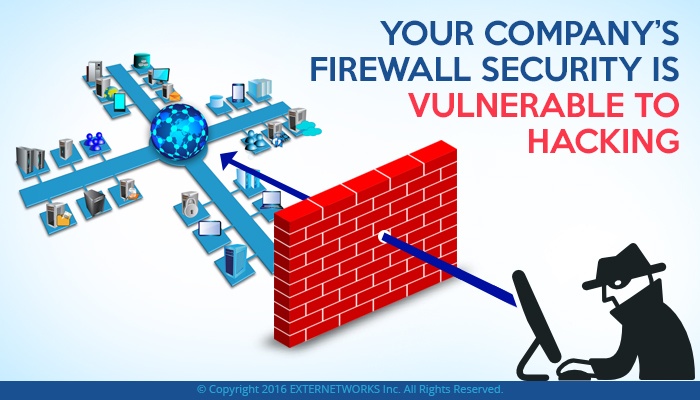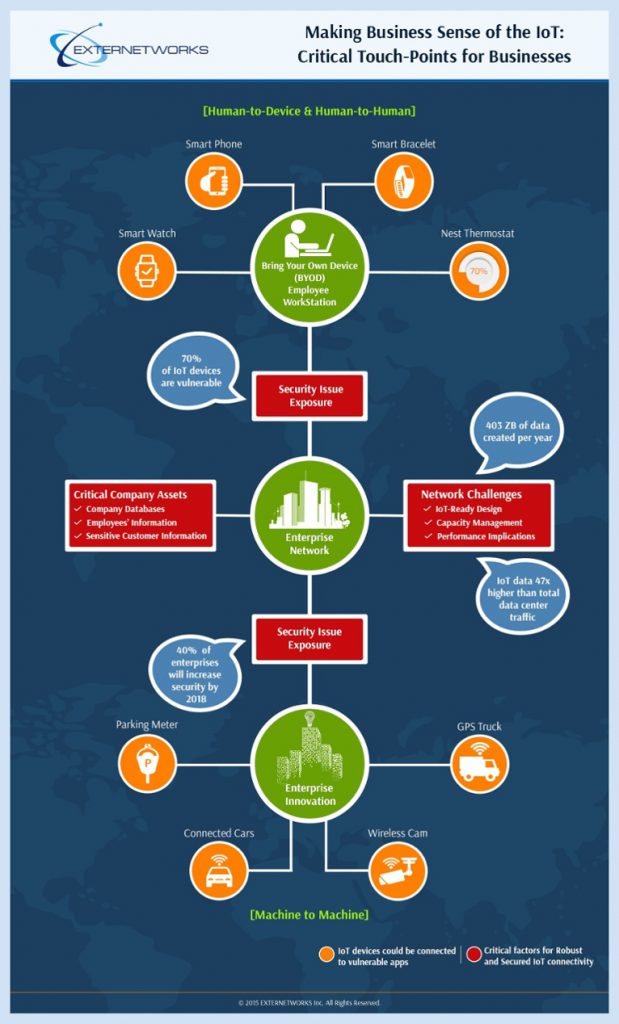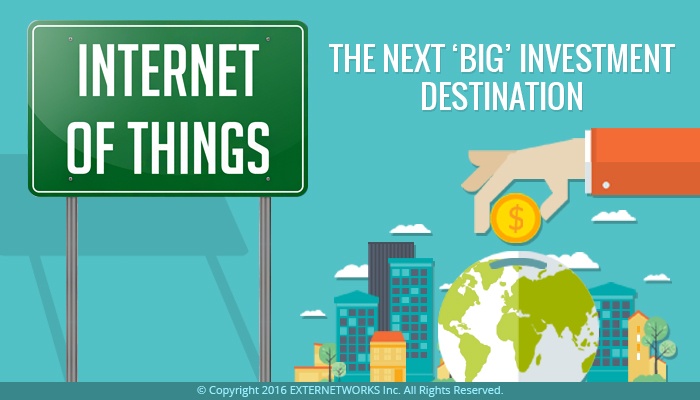Turning Cloud Adoption Threats into Opportunities (Part 1)
Due to rapid advancements in Cloud technology, its adoption has become more complex, particularly with system integration, data management, and the management of multiple cloud providers. With the increasing complexity, businesses experience substantial rise in costs, security of data, performance and various other associated issues. Let us look at how you can overcome these challenges and make the Cloud work for you.
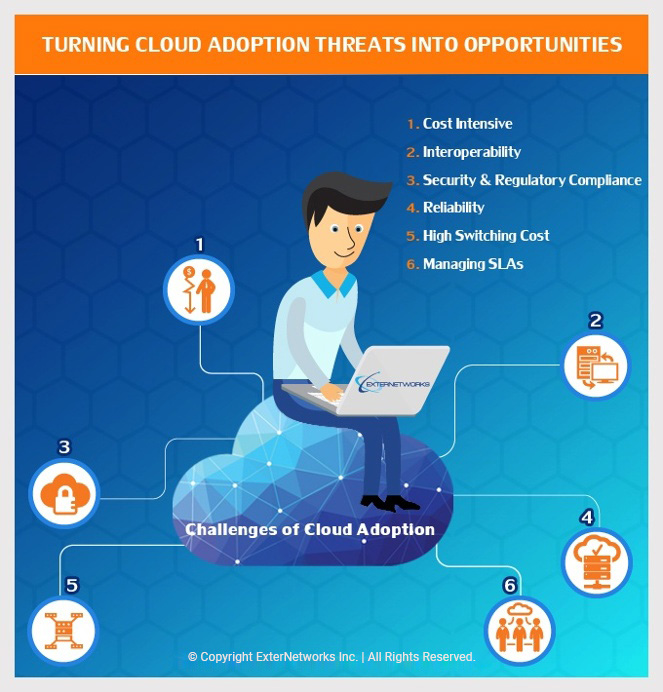
Embrace Cloud Adoption and Turn Your Threats into Opportunities
The world of hosting and delivering services (a.k.a. Cloud Computing) has rapidly gained popularity, as it offers flexibility and scalability when there is a rise in service demand. In spite of huge opportunities and benefits, Cloud adoption is challenging because it is constantly evolving and has more than 200 service providers to choose from.
This blog is the first of a two-part series that primarily focuses on the challenges of Cloud Adoption. In Part 2, we will discuss how you can overcome these challenges with the support of a Managed Cloud Services Provider.
Cloud Computing: Every organization adopts Cloud for two main reasons:
- To increase IT efficiency by using highly scalable hardware and software resources, and
- To increase business agility through the use of parallel batch processing, rapid deployment, compute-intensive business analytics and mobile interactive applications that respond in real time to user requirements.
Cloud Computing has been created as a combination of many pre-existing technologies that have matured at different rates and in different contexts, and were not designed as a coherent whole. However, to enjoy the benefits and opportunities that cloud offers to a business, you must first overcome its challenges and obstacles. Let’s look at the challenges that you might face when you adopt Cloud and the various ways in which an efficient Managed Cloud Services Provider (MCSP) can help resolve many of those challenges for you.
Challenges of Cloud Adoption
Some of the common challenges that many organizations face while adopting a cloud are:
Cost Intensive:
Large MNCs tend to choose on premise dedicated private cloud, which largely mitigates the security concerns of the organization. On the other hand, some may choose to customize a cloud to incorporate a certain level of automation or their organizational features and culture. However, such private clouds or tailor-made cloud solutions come at a price and can be very expensive. Therefore, it is important for you to evaluate the necessity of such a solution and if the pros outweigh the cons.
Greater Competition due to Open Access:
Cloud Computing can achieve its full potential depending on the availability of high-speed access to all. Moreover, such high level of connectivity is like a global powerhouse of resources that is open to all and leads to newer possibilities for industry and a new range of consumer products. At the same time, it creates a highly competitive era of industrialization and the need for constantly innovating and creating more and sophisticated consumer products to remain competitive in the market.
Interoperability:
The extensive adoption of cloud by an enterprise is greatly dependent on the interoperability and portability of information between private clouds and public clouds. Many organizations strive to standardize their processes, data, and systems through implementation of ERPs. However, with the fast-paced change of business processes, even these improved platforms may not be able to keep up with these changes. SaaS applications, rendered through a cloud, provide a low-capital and fast-deployment option. However, it is crucial that the application be integrated with traditional applications that may be resident in a separate cloud or on traditional technology. Therefore, one of the major challenges of cloud adoption is achieving interoperability, which allows maintaining the integrity and consistency of a company’s information and processes.
Technology Limitations:
Some cloud adoptions may face this particular challenge when specific applications that require niche software packages and capability-driven architectures have to be hosted. Cloud solutions may lack the technical capability to host such specific applications. In such cases, it becomes crucial that the organization builds its overall business case carefully and identifies such factors and exceptions before choosing to adopt the cloud.
Economic Value:
Although it is self-evident that by paying only for what is used, and cutting upfront capital investment costs, cloud adoption is an economically viable option to choose. However, there are certain hidden costs involved such as application modification, data loss insurance, support, and disaster recovery. In order to counter such hidden costs, you can try to achieve economies of scale by consolidating investments or combining cloud services.
Security and Regulatory Compliance:
Some of the major challenges to cloud adoption are ‘security’ and ‘regulations’. Organizations can decide upon the level of security that their organization requires and can then choose from three cloud models: public, private, and hybrid. It is a challenge for the organization to decide the level of security they require and then identify the right procurement strategy based on the models available and the associated cloud solution benefits.
Reliability:
It has become crucial that a business’ applications be reliable and available to support 24×7 operations. Also, in case of any failures or outages, it is imperative to have contingency plans that take effect quickly and smoothly to ensure minimum disruption. Organizations should realize that while adopting a cloud, they should not ignore the aspect of reliability and choose a Cloud Services Provider (CSP) very carefully. They should have the SLAs carefully specified and tested through mock failure drills.
Regulations for Cross-Border Data Access:
There is a growing worry over the movement of data across cross-borders such as across the EU and the U.S. More and more governments around the world are now emphasizing on the need for information privacy through various regulations such as the European Data Protection Directive. It is imperative that before adopting a cloud, you understand the local regulations carefully and ensure that your CSP also participates in the requisite safe harbor programs.
Limited Liability of CSPs:
A major challenge that an organization may face during cloud adoption is that a majority of CSPs do not share complete liability in case of violations of Service Level Agreements (SLAs) and cannot be held accountable for loss of revenue or to pay up penalties.
High Switching Cost:
CSPs deploying SaaS give access to resources via web interfaces, proprietary APIs or command line tools. Therefore, a major challenge that an organization may face is its great dependency on the vendor, as it is very difficult and also involves high switching costs to find a provider offering a similar range of features. It is essential that as an organization, you should be aware of the lock-in that you may be choosing for yourself. One such lock-in is the ‘technology lock-in’, where once a company is on a particular platform, it is more cost-effective to purchase additional services compatible with existing ones rather than changing the platform. Another lock-in is the ‘institutional lock-in’, which occurs when technologies become implanted within an organization’s routines and users’ work practices. Such a lock-in can have a serious impact on an organization, especially for users of SaaS.
Managing the Contractual Relationship:
The contracts drawn for cloud computing are a mix of outsourcing, software and leasing. So, theoretically, in contrast to traditional IT sourcing, cloud computing requires only one contract to be drawn instead of multiple agreements for software, hardware and systems integration. However, in real-life situations, it has been found that a single provider is unable to provide the requisite software, platform or infrastructure to meet all of an organization’s functional requirements. Therefore, several contracts for different vendors have to be drawn to provide complete solutions. Although you can include Service-Level Agreements (SLAs) in your cloud service contract, due to the complex nature of the network of interactions within the overall ecosystem, it becomes almost impossible to draw a realistic list of the SLAs to be included in the contract.
Managing the Cloud:
Another major challenge of cloud adoption is its effective management. It has been found that cloud services can be easily updated or changed by business users without the direct involvement of the IT department. Hence, organizations may find it difficult to maintain an overall strategic control of services. Moreover, organizations are yet to develop management capabilities and principles for operating with cloud services. It is vital that an organization effectively supervises the performance, SLAs, usage, robustness and business dependency through internal cloud monitoring, apart from the monitoring carried out by the external provider.
In the next and final part of this blog post, we will discuss how you can overcome cloud adoption challenges and benefit from the Cloud with the support of the right Managed Cloud Services Provider.
Subscribe to our blog posts today for
- To leverage an MSP’s support in achieving business continuity and tranformation
- To make business sense of disruptive technologies
ExterNetworks is a single-source Managed Services Provider (MSP) of Cloud Services that can support you with end-to-end Cloud Solutions or provide you a customized solution that aligns with your business requirements. Our vendor-agnostic solutions seamlessly integrate with your current technology; we use sophisticated tools, methodologies and processes to help you take full advantage of the Cloud.
